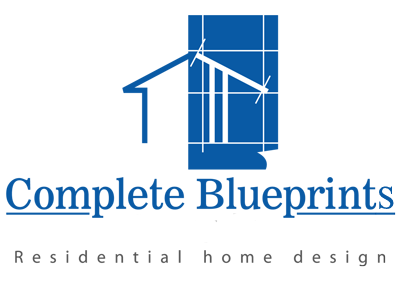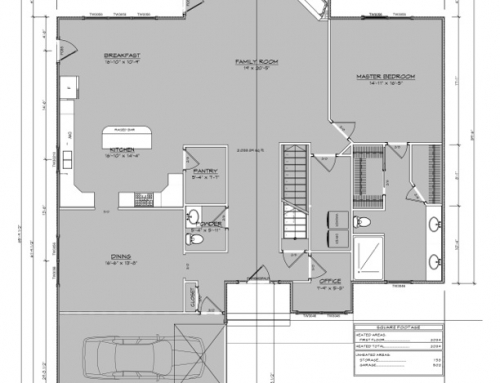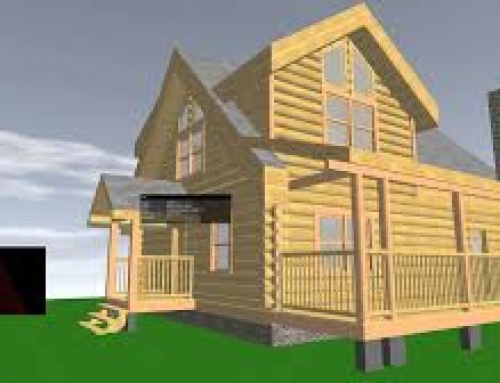Every year, we get several requests for help in solving various log home problems in poorly designed, or poorly constructed, log homes. Some of this can be traced back to the builder’s not being able to read and properly interpret the blueprints or engineering specifications. Other problems lie in the actual design, traceable to the first part of planning.Ultimately, the cause of the problem is secondary to the actual log home structural engineering problems, and can be determined after properly stabilizing the area in question.
We were contracted last week to complete a list of engineering specifications in order to fix a log wall which was rolling out toward the top, just under the roof and roof rafter system. Most log wall rolling problems trace back to the type of roof systems being used, or from a wall system that is too small to adequately hold the systems together.
After seeing the analysis, and deciding upon the best method to accomplish the requested modifications, prep work was started to stabilize the log walls and roof system. Once the systems were adequately supported, then the removal of trim, flooring, and roof items was the next to be completed. Pressure was taken off of the log walls by elevating the ridge and rafter system. In this case, the log walls were a 6×12 D system, which was part of the issue, and the roof system didn’t have any collar ties to help keep the roof from pushing the walls away from each other. If the collar ties had been used, and the log walls had been an 8×12 D instead (a 6×12 is fine, but the 6×12 D makes the small area of thickness around 3.5 inches), the area in question would have probably been fine.
Another issue was the spliced ridge beam. While splicing the ridge beam is a common occurrence, the area where the splice occurs is crucial to the success or failure of the roof system. In this case, a post under the ridge was about 6 feet from the splice, and the other section of the ridge had no supports underneath. In addition, they didn’t use a heavy timber joinery to help with this transfer of load.
We designed and installed a fabricated steel saddle ridge connector, placed in the suggested collar ties and wall ties, and, thankfully, were able to restore the home to better condition, with less worry about instability and wall movement. Situations like these are easily avoidable by simply finding a qualified designer or engineer to draw or review your blueprints. If this had been taken care of in the design phase, the several thousand dollar job would have been avoided. As is often the case, the low cost of plan development for this home was much higher than the “face value.” Had the home-owners started with a more qualified, experienced designer and builder, this is a problem we would have never even seen.
Once the cost of renovation and structural modifications were added, the actual cost of the design was approximately three times the national average. Thankfully, no one was injured in this home, unless, of course, you take the wallet of the present homeowner into account.
If you have a problem with an existing home, feel free to give us a call for a free consultation. We’ll be glad to help!






